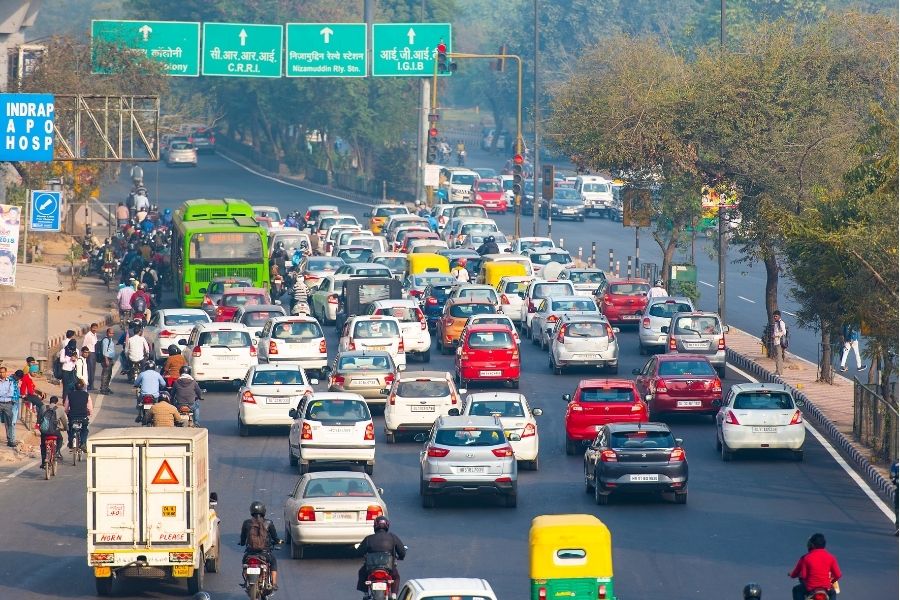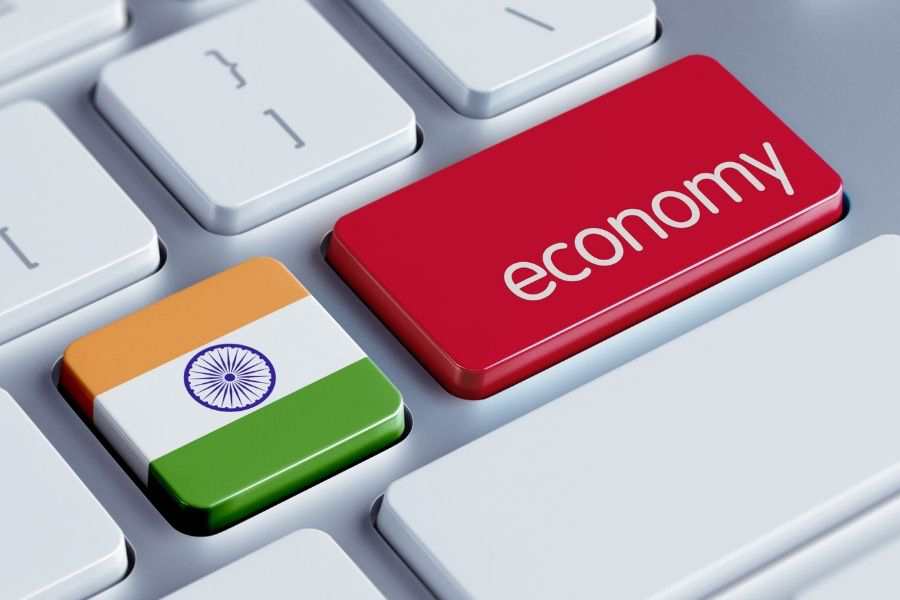Is national monetisation of assets essential?
The four-year National Monetisation Pipeline (NMP) worth Rs 6 lakh crore aims to unlock value in brownfield projects by engaging the private sector. Asset monetisation needs to be viewed not just as a funding mechanism, but as an overall strategy for bringing about a paradigm shift in infrastructure operations, augmentation and maintenance.
- India is currently at the cusp of global attention, as the economic growth of the world especially Asia, is heavily dependent on the Indian growth story.
- Infrastructure is seen to be a weak link, and addressing it could help deliver desired growth and set the momentum and scale for unlocking India’s business potential.
- Asset recycling and monetization became key to value creation in infrastructure, serving the twin critical objectives of unlocking value from public investment in infrastructure and tapping private sector efficiencies in operations and management of infrastructure
- Policy continuity shall be key to this program, followed by a concrete dispute resolution plan and lastly a viable and smoother exit plan to enthuse investors.

Image source: Shutterstock
There is a strong connection between infrastructure, growth and economic development. Recognizing this importance, the Government has renewed its focus on sustaining and stepping up the pace of infrastructure investment. So, investment-led growth is now central to the economic agenda of the Government.
India is currently at the cusp of global attention, as the economic growth of the world especially Asia, is heavily dependent on the Indian growth story. Infrastructure is seen to be a weak link, and addressing it could help deliver desired growth and set the momentum and scale for unlocking India’s business potential. So it’s an opportune time to look beyond traditional sources or models of financing. One of the pre-requisites of investment-led growth is capital infusion and asset recycling.
Therefore, asset recycling and monetization became the key to value creation in infrastructure, serving the twin critical objectives of unlocking value from public investment in infrastructure and tapping private sector efficiencies in operations and management of infrastructure. Consequently, the need for a well laid out pipeline was felt, which gives a comprehensive view to investors & developers of brown-field investment avenues in infrastructure.
The National Monetisation Pipeline (NMP) should also form a baseline for the asset owning ministries when it comes to monitoring and tracking performance of potential assets. Asset monetisation needs to be viewed not just as a funding mechanism, but as an overall strategy for bringing about a paradigm shift in infrastructure operations, augmentation and maintenance
Therefore, Budget 2021-22 identified Monetization of Assets as one of the three pillars for enhanced and sustainable infrastructure financing in the country. It also envisioned preparation of the NMP to provide direction to the monetisation initiative and visibility of investors. The NMP is meant to serve as an essential roadmap for the asset monetisation of various brownfield infrastructure assets across sectors. A sizeable inventory of infrastructure assets has already been created over the past decade through public investments. This can now be leveraged for tapping private sector investments and efficiencies for realization of its true potential.
The aggregate asset pipeline under NMP over the four-year period of FY 2022-2025, is indicatively valued at Rs 6 lakh crore. The estimated value corresponds to ~14% of the proposed outlay for Centre under NIP (Rs 43 lakh crore). The top 5 sectors capture ~83% of the aggregate pipeline value. These include: Roads (27%) followed by Railways (25%), Power (15%), oil & gas pipelines (8%) and Telecom (6%).
Challenges
Let us first consider roadways and railways. They are a part of the network and network revenue accruing to private sector investment needs to be clearly defined. It is very difficult to pinpoint revenues, which accrue to these assets. This is because revenue accrues to the entire network, as the freight collected is applicable for the entire network. So, it is important to understand what the investing entity is going to get out of it in terms of an assured return, because all these brownfield assets are going to be post-execution assets. So, recent moves to attract private players into railway operations have failed, with bids being put in by only two companies for just three of the 12 route-clusters on offer.
The government needs to consider relaxation of the requirement of double-A ratings of the sponsor for government sector NPS schemes. Industry also needs clarity on which unit capital is to be treated as net worth, to enable pension funds to invest in debt securities issued. Also, there should be inclusion of InvITs and REITs as eligible infrastructure investments for the purpose of Income Tax Act, Section 54 EC. Essentially, will there are any long-term capital gains, if one invests in NHAI or REC bonds? This aspect needs clarity.
Another challenge is the lack of identifiable revenues streams in various assets, level of capacity utilisation in petroleum & gas pipeline networks, dispute resolution mechanism, regulated tariffs in power sector assets, and low interest among investors in national highways below four lanes. While the government has tried to address these challenges in the NMP framework, execution of the plan remains key to its success.
For companies such as LIC, the IPO Draft Prospectus (DRHP) is to be prepared for an IPO. In terms of the SEBI requirements and embedded value, this is critical, as LIC is an insurance company with huge investor base. The LIC listing is going to be one of the biggest IPOs in the market, and certainly will create a lot of excitement in Indian capital markets and around the world, so the path needs to be pursued cautiously.
Road ahead
Firstly, the structuring of monetisation transactions is being seen as key to success of NMP. For example, take Konkan Railway, which has multiple stakeholders, including state governments. Creating an effective monetisation transaction structure could be a bit challenging in this case.
Secondly, the government must put a clear-cut timeline on the assets to be monetized each quarter. The third is not to declare a reserve price from the government side to bidders. The fourth is not to have too many bidders and set high bars on qualification. This will lead the private sector to do lots of due diligence on the bid. The fifth is strict adherence to the PPP contract and finally, the government needs to unlock the entire value of the asset.
No doubt, this is a great initiative because moving the expenditure on India’s infrastructure from 7-8% to about 10- 11% is a humongous task, which can provide India the scale and speed it desires. With NMP, the PM Gatishakti program, and the national single window policy framework, the government has set the ball rolling. Policy continuity shall be key to this program, followed by a concrete dispute resolution plan and lastly a viable and smoother exit plan to enthuse investors.
The author is Director, Media & Corporate Communications, Trade Promotion Council of India













Leave a comment